What is hidden at the bottom of the "devil's triangle" that makes planes and ships disappear?

2 | 0 Discuss | Share
Zhou Yuanzhang was one of the most eminent emperors in history. Historians refer to the period of Zhou Yuanzhang's rule as the "Hong Yu Dynasty". Of course, there are also many people who are curious about his true face.
Artificial intelligence (AI) is currently very advanced and intelligent, can convert drawings into portraits of real people by recognizing the structure of the face, thereby drawing the missing parts, helping the face to be more complete, still ensuring a high level of accurate information.
Not only experts, but ordinary people can also work on the restoration of pictures because AI is now so popular. Just by providing a photo, technology can paint portraits extremely clearly and logically.
Thanks to that, portraits of emperors in feudal China were born vividly thanks to traditional paintings.
Ming Taizu (October 21, 1328 – June 24, 1398), real name Zhou Yuanzhang, also known as Emperor Hong Wu, Red Yujun or Zhou Hongyu. He was the founding emperor of the Ming dynasty in Chinese history, reigning from 1368 to 1398. As one of the oldest heavenly emperors in Chinese history, Zhou Yuanzhang, the founding heavenly prince of the Ming Dynasty, left a lot of impression in the hearts of posterity.
Thanks to his talent and intellect, Zhou Yuanzhang gradually built his career, recruiting many talents to help him complete his career. With his talent for governing, he became one of the most prominent emperors in history. Historians refer to the period of Zhou Yuanzhang's rule as the "Hong Yu Dynasty". Of course, there are also many people who are curious about his true face.
In the ancient paintings of Zhou Yuanzhang's portrait, there is a very special one. The founding emperor of the Ming Dynasty appeared with a "shoe sole" shaped face, long and looking very evil. Chinese historians have had a period of controversy because they have not found enough evidence to answer whether this is Zhou Yuanzhang's real face.
The cause of the controversy stemmed from the fact that Zhou Yuanzhang had several other portrait paintings. Accordingly, the Emperor appeared to look very stylish and full. Thanks to Ai, posterity was even more amazed by Zhou Yuanzhang's middle-aged appearance full of strong temperament. Many people did not believe and even denied the painting of the Emperor with the face of the "shoe sole".
In these paintings, Zhou Yuanzhang was in his old age, and he looked fat, not as thin and brutal as above.
Some experts have suggested that the painting of Zhou Yuanzhang on the "sole of his shoe" may have been a mistake, or was painted during the period when the Emperor was seriously ill. Moreover, according to historical statistics, there is only 1 painting of Zhou Yuanzhang with the face of "shoe soles", the rest depict him with a rather fuller and gentler face.
Although he knew that Zhou Yuanzhang was cruel and strict, these features were very suitable for the painting of the long-faced and fierce Emperor, but posterity was still unacceptable.
Experts have not been able to give a definitive answer because in ancient times there were no cameras or tools that could record the true shapes of people and things. Even the portraits of emperors handed down today are unlikely to depict accurately.
Therefore, arguing about Zhou Yuanzhang's true appearance, the "sole of the shoe" or the "blessing", is unnecessary.
Experts warn that artificial intelligence can help a painting become more vivid and realistic, but it does not represent reality. Restoring portraits of Zhou Yuanzhang in particular and other emperors in general, is a job that helps posterity have a more unique view of historical figures, but does not therefore make any assertions.
Zhou Yuanzhang is considered one of the most humble emperors in Chinese history. He was born into a peasant family in Sizhou (present-day Huyi County, Jiangsu Province).
Due to the urgency of his livelihood, his whole family had to float in many places. His parents had 8 children but 2 unfortunately died prematurely, and 4 men and 2 women. Zhou Yuanzhang was the youngest child, called Chongbat in childhood, even the official surname was not there.
At the age of 16, Zhou Yuanzhang went to herd cattle for hire but was soon kicked out by his owner for daring to sneak a cattle from the herd to eat. That same year, a plague claimed the lives of his parents and siblings, forcing him to become a monk in a temple.
However, because the temple could not feed all the monks, he had to leave the temple and beg to find a piece of rice for 3 years. He then returned to the temple as a monk for another 3 years and during this time he began to learn to read and write.
In 1352, when the Yuan dynasty was about to end, Zhou Yuanzhang joined Guo Zixing's Red Turban Army, trusted by Zixing, and assumed the position of Deputy Marshal of the Rebel Army.
Later, from a good little unknown person, Zhou Yuanzhang became the head of the military barracks, leaving the Northern Army.
In January 1368, Zhou Yuanzhang proclaimed himself emperor of the Ming dynasty. In the same year, he attacked Dadu (Beijing), overthrew the Yuan yoke, and gradually realized the reunification of the country. In 1398, Minh Thai To fell ill and died at the age of 70.

2 | 0 Discuss | Share

1 | 0 Discuss | Share

3 | 0 Discuss | Share

3 | 0 Discuss | Share
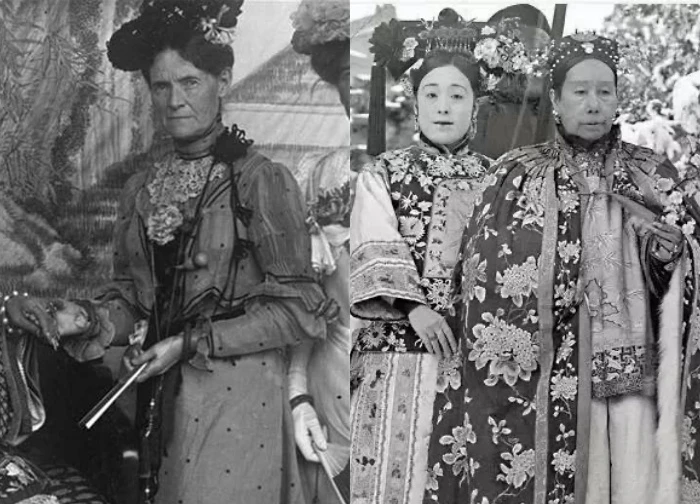
3 | 0 Discuss | Share

4 | 0 Discuss | Share

4 | 0 Discuss | Share

3 | 0 Discuss | Share
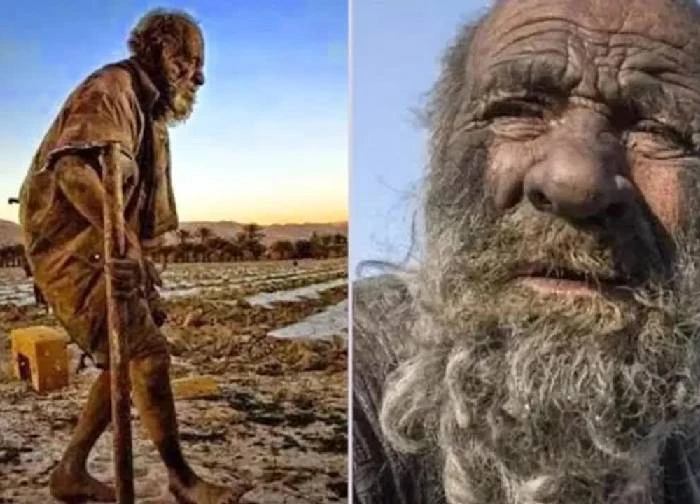
0 | 0 Discuss | Share

0 | 0 Discuss | Share
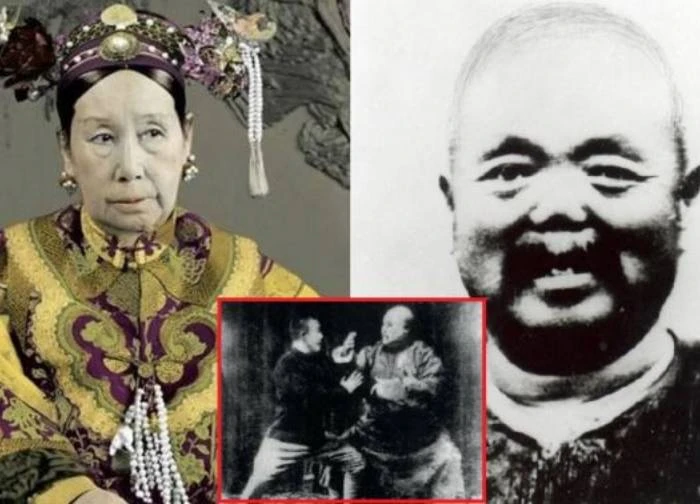
1 | 0 Discuss | Share
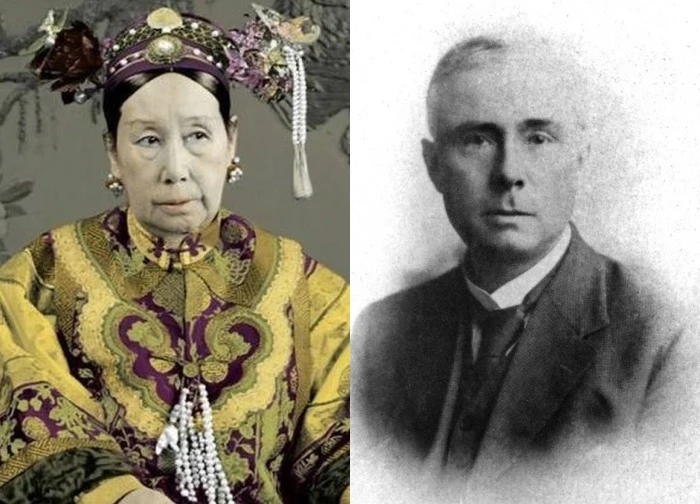
4 | 0 Discuss | Share
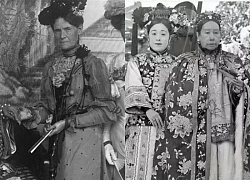


3 | 1 Discuss | Report